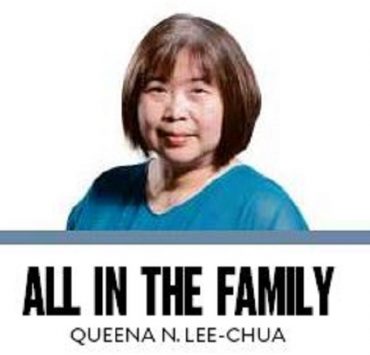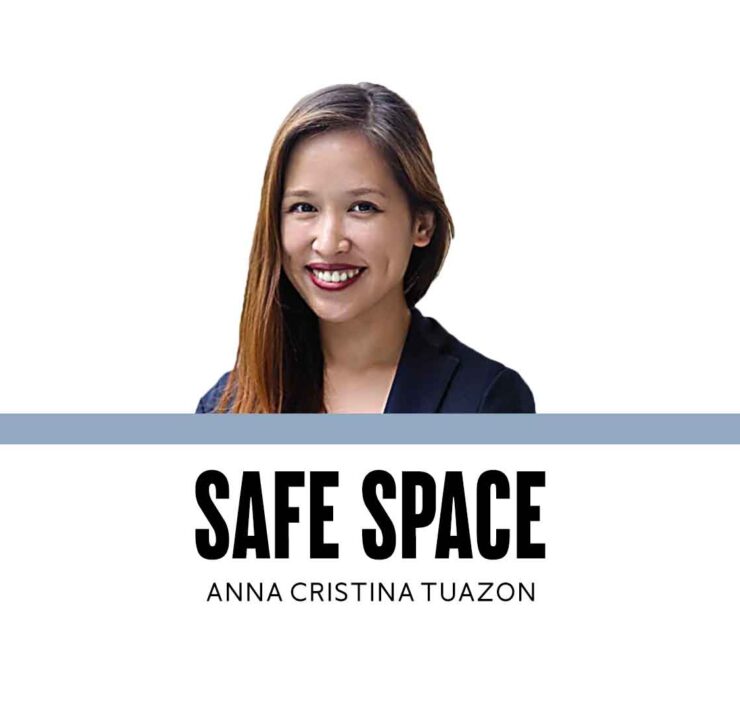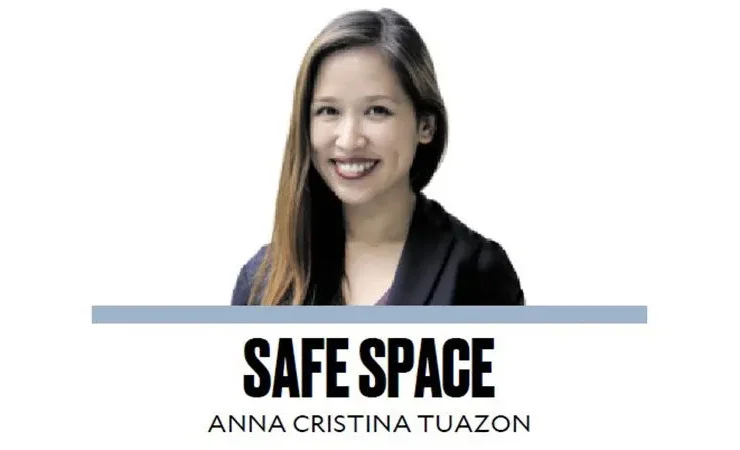Tales from the crib
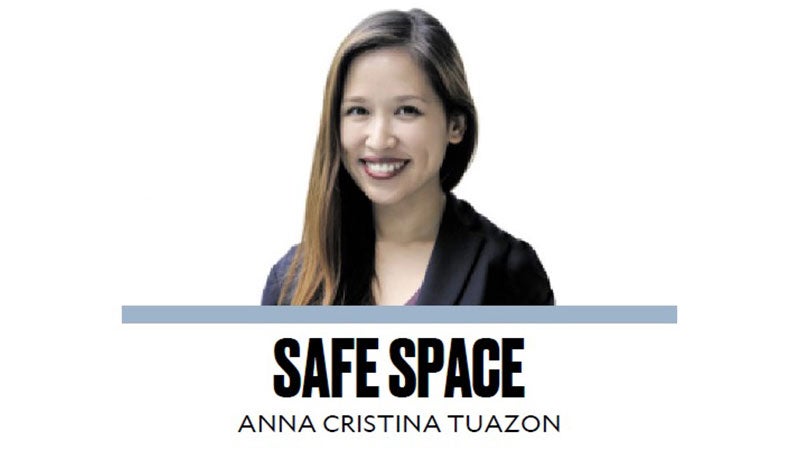
I have a confession to make. I have been sleeping in the play pen every night. This was the latest of a series of parenting concessions I have had to make. The American Academy of Pediatrics (AAP) recommends that the safest way for a baby to sleep is on their own in a crib, without pillows or blankets that could smother them. Co-sleeping comes with increased risk of Sudden Infant Death Syndrome, though studies have shown that it is sleeping with a parent who drinks and smokes that mostly contributes to this. Having a baby sleep on their own, however, is much more difficult than the guidelines seem to suggest. Unfortunately, I have never gotten the hang of putting my baby down on his crib without waking him up. I had to contend with what works for us: sleeping next to him, ready for the inevitable night feeds which somehow lead to a better night’s sleep for all of us. Once he learned how to roll over, we moved our mattress inside the play pen to remove the risk of falls. Instead of sleeping separately, we decided to join our two worlds.
I have also not been able to hold on to my “no-devices” rule. (I would still strongly encourage parents to follow AAP’s guidelines on screen time, which include no screen time until 2 years old and only an hour per day for toddlers.) What I did not anticipate prior to having children was that this guideline is only feasible if parents can also limit their screen time. It is hard to keep my baby away from screens when his father is watching television in our one-bedroom apartment. The only time I’ve been able to limit his screen time is when we’re visiting a place without a TV or where there are multiple rooms so that my TV-loving family (myself included) can watch away from the baby.
Imagine my guilt, as a mental health professional who has been advising parents for years, that I could not enforce these guidelines on my own children. Experiencing parenthood firsthand made me empathize and understand parents that struggle to meet such standards.
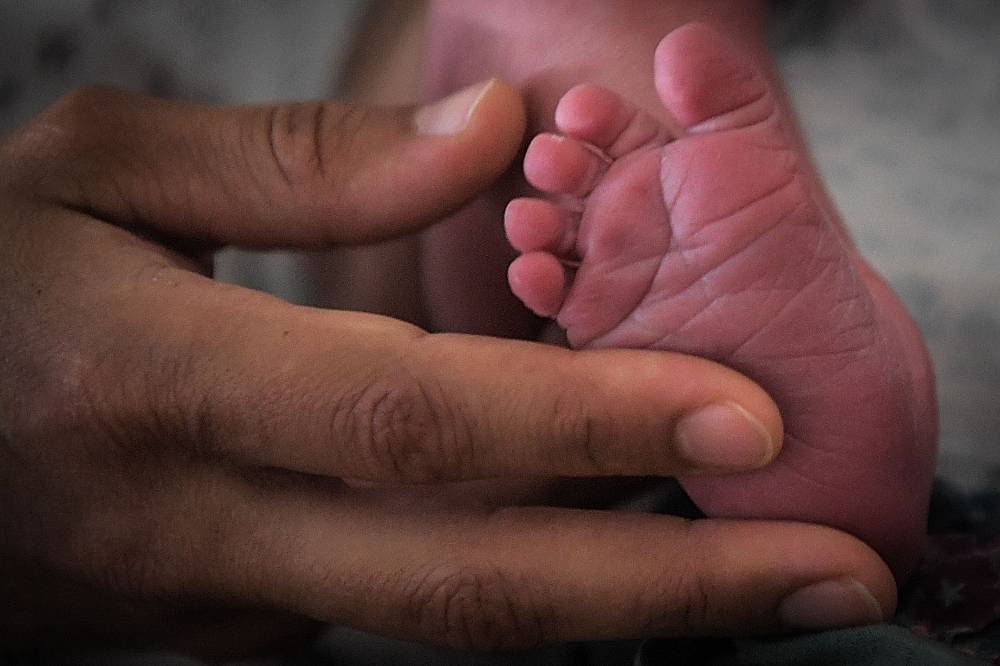
As developers of guidelines and policies, it is important to put value into the experience of people expected to follow them and to understand what gets in the way. As I reflect on what would have helped me be more consistent with official parenting guidelines, I realize that these rules assume you have all the resources you need. They assume that you have sufficient physical space to carry out safe sleep protocols. They assume you have the funds to buy a crib or to provide a child with their own room. The AAP’s newborn and infant nutrition guidelines assume you can breastfeed and that, starting from six months onward, you have access to fresh produce and have the time to prepare them from scratch every day. The screen time guidelines assume you have either alternative ways to entertain your child or have around-the-clock child minders.
Let me be clear, I am not against the guidelines. What I am discovering, however, is that these guidelines are incomplete. They do not tell us how to keep our babies safe if we do not have the space or funds for a crib. They do not tell us how to keep a child safe and entertained whenever we have to go to the bathroom (I have heard stories of mothers pulling their play pens right outside of their open bathrooms so they can continue to keep watch). They do not tell us how to keep ourselves entertained outside of our devices so we can be better role models for our children. Good guidelines need to be flexible and allow parents acceptable options or alternatives in case the ideal scenario is not possible. I’m sure a lot of us would very much like to know how we can still do the best we can for our children even if we have very limited resources.
We also need to keep in mind that guidelines are just that, guides. They are good-faith suggestions that we can adapt to our current situation or environment. While I have not been the most conscientious parent, I have practiced a lot of radical acceptance of what is feasible to me. I have accepted that I do not have full control over my child’s environment, as I am raising him with my family. I have accepted that my child will probably have his fair share of bumps and falls as he develops into a robust healthy individual—and that I need to let him explore his environment, albeit with some containment. I have accepted that I am no perfect parent and that my patience is limited and needs recharging from time to time (which is where raising him with my family, who can take over when I am overwhelmed, has been tremendously helpful).
Experiencing what it’s like to be a parent—and being on the other side of the consult room—made me see the disservice of imposing guidelines that may be out of touch with a parent’s reality. We need to mean it when we claim that people are the experts of their own experiences and genuinely listen to them so that parenting guidelines can set them up for success instead of shame.














